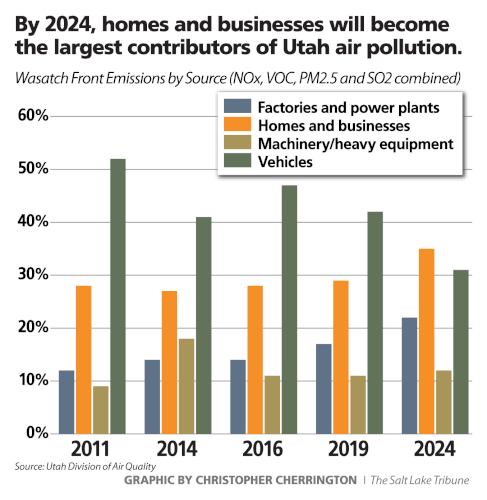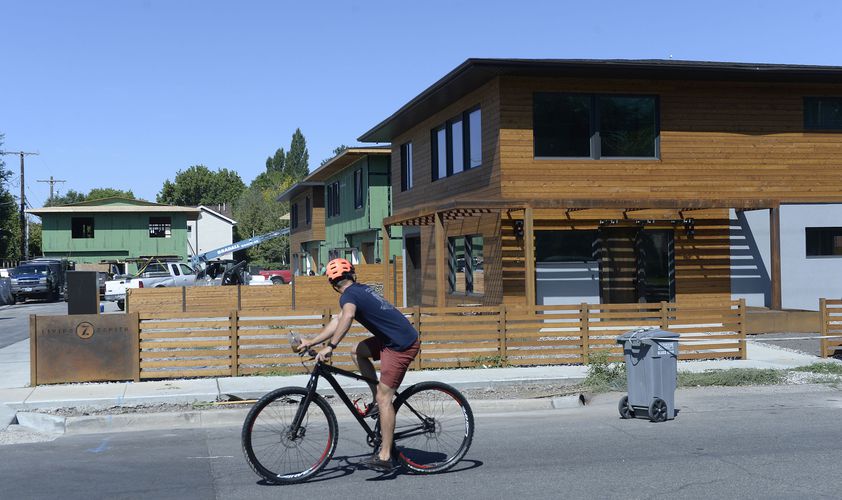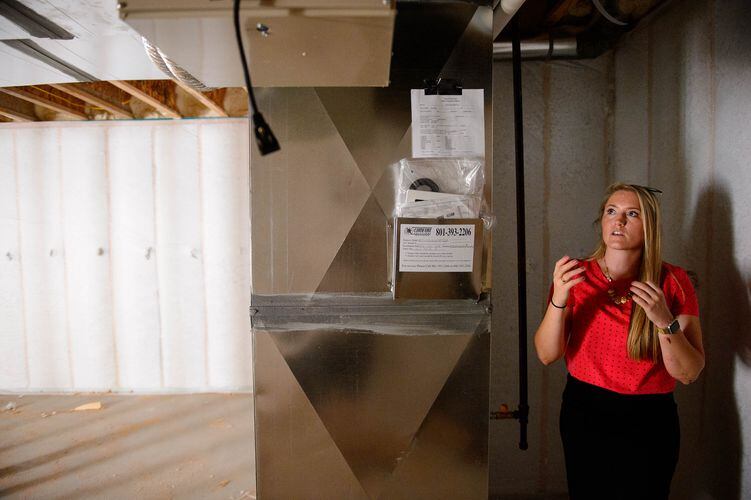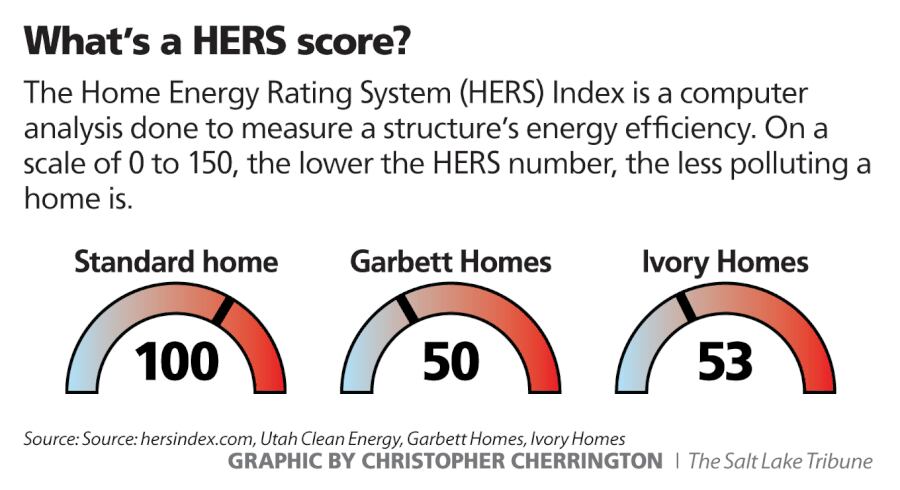Homes are a big part of Salt Lake City’s air pollution problem. They also are the solution.
Author: Heather May
May, Heather. “Homes Are a Big Part of Salt Lake City's Air Pollution Problem. They Also Are the Solution.” The Salt Lake Tribune, 26 Aug. 2019, www.sltrib.com/news/environment/2019/08/26/homes-are-big-part-air/?utm_source=Solutions%2BStory%2BTracker.
0 General Document comments
0 Sentence and Paragraph comments
0 Image and Video comments



Other solutions could be to renovate your own home to install more energy efficient water heaters, tools, and more.




this is a very serious problem. the fact that we have the worst air quality in the country is extremely scary.





(Christopher Cherrington | The Salt Lake Tribune)

(Al Hartmann | Tribune file photo) Living Zenith homes at 1172 S. 400 East in Salt Lake City were built by Redfish Builders in 2017.



(Trent Nelson | The Salt Lake Tribune) Megan Miller shows an energy-efficient home under construction in the Granite Legacy community in South Salt Lake on Tuesday, July 16, 2019. Garbett Homes is behind the project.

(Christopher Cherrington | The Salt Lake Tribune)
General Document Comments 0











0 archived comments